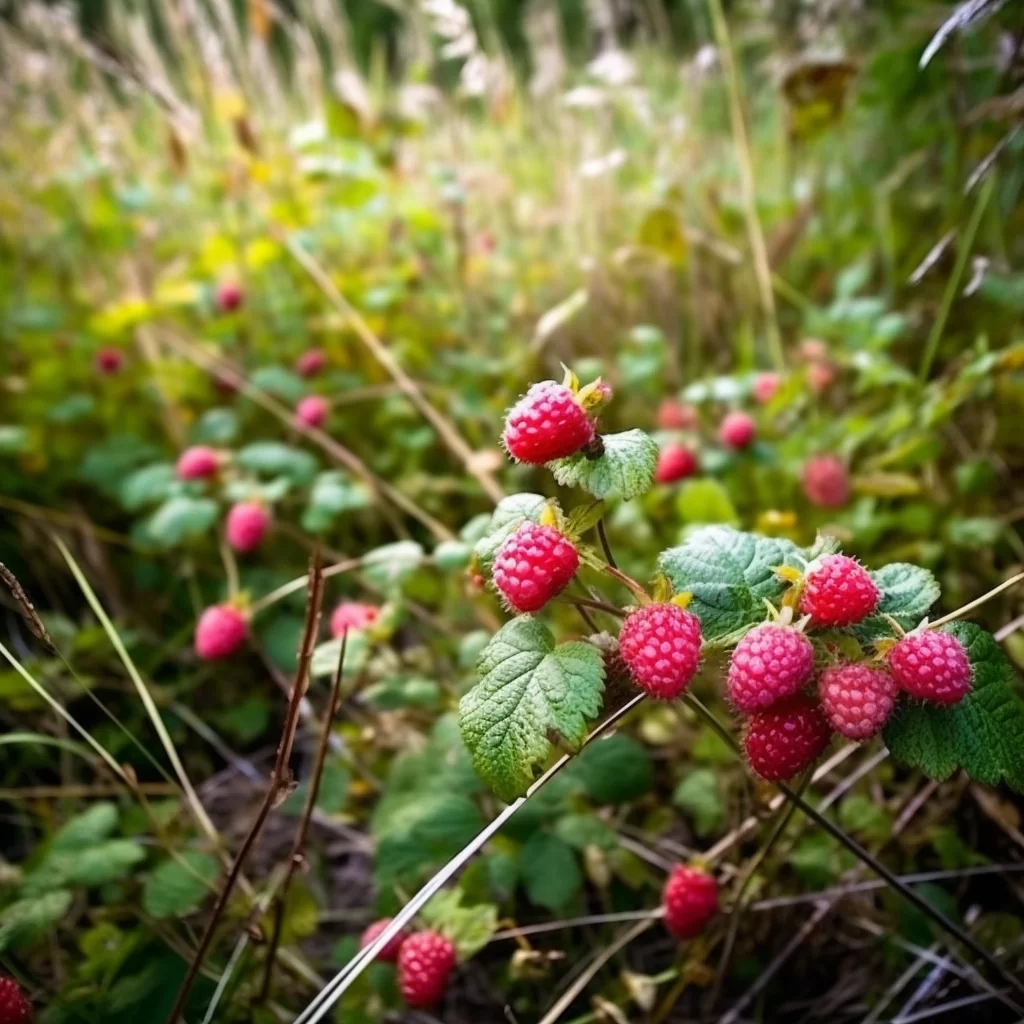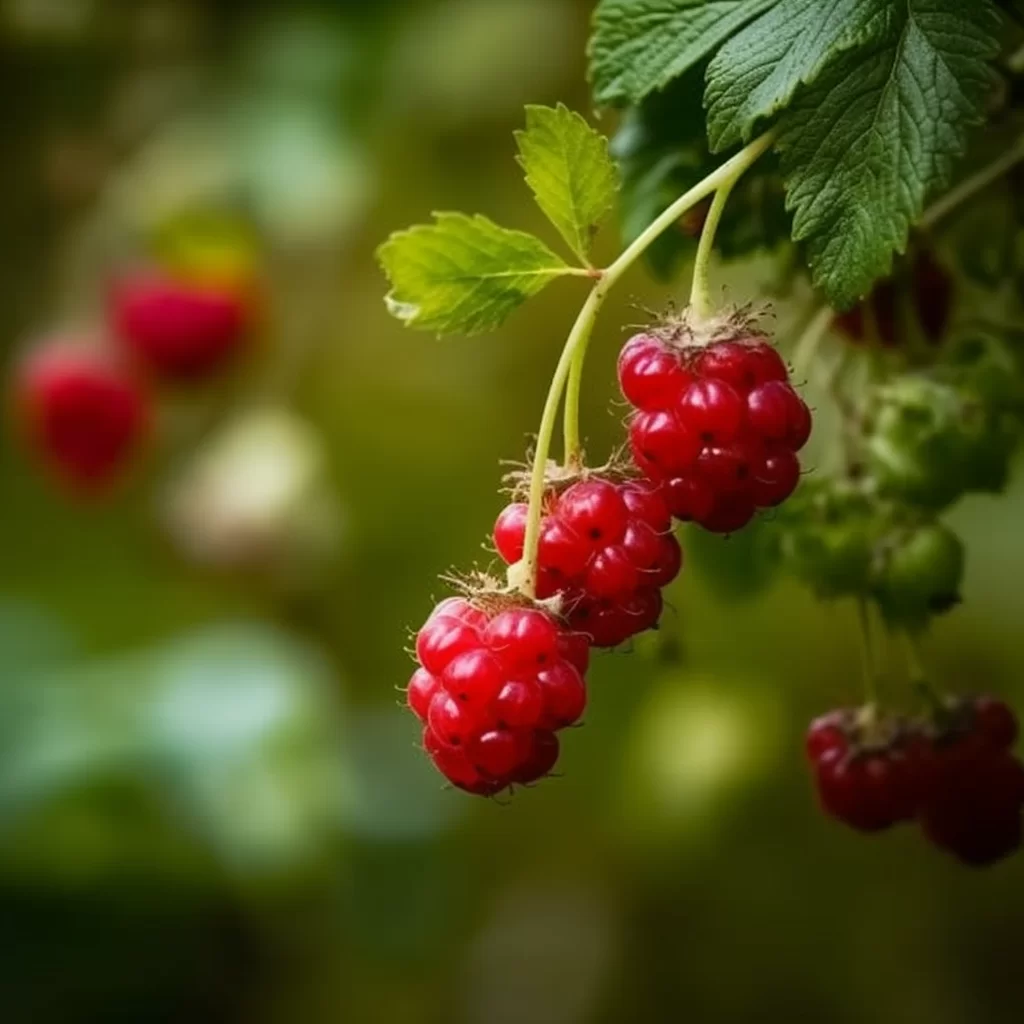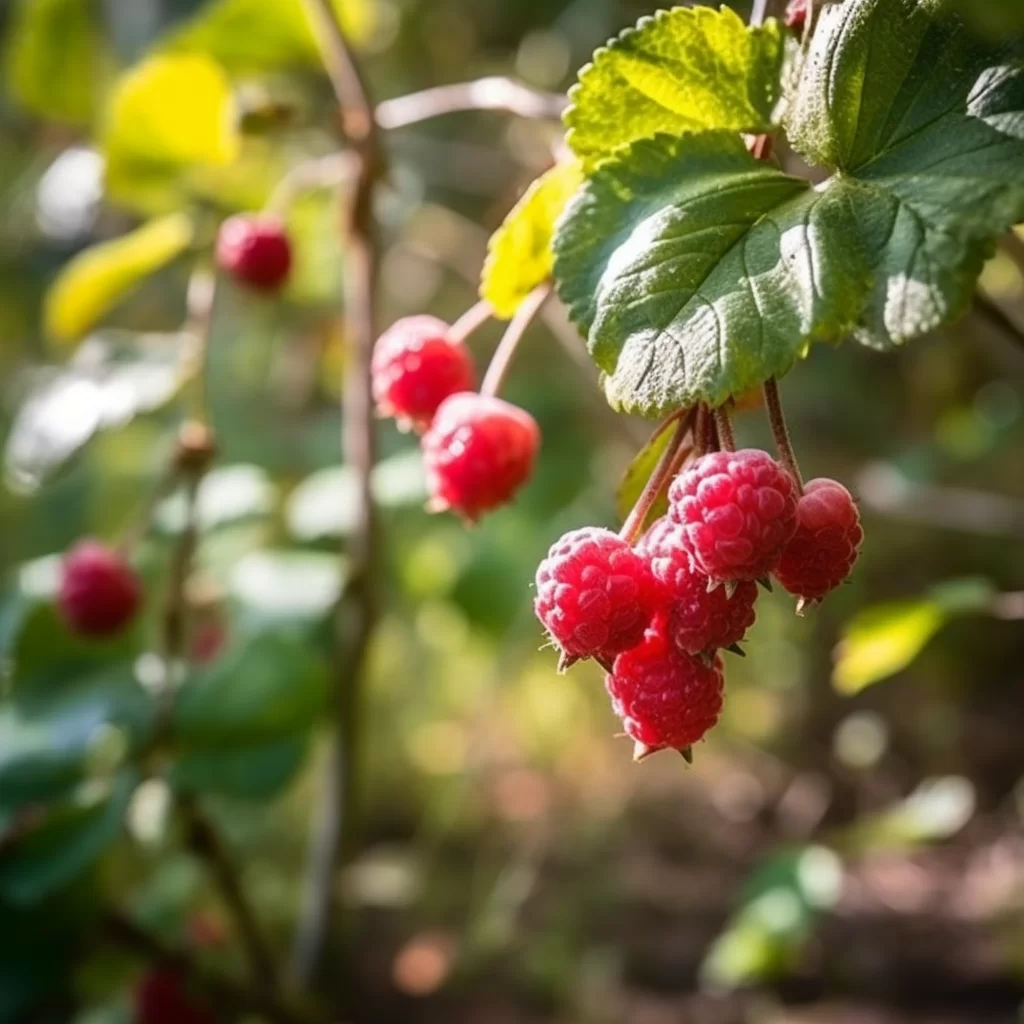Story of Day :
Contents
The Wild Raspberry Plant: A Complete Guide and Care Tips
Are you a berry lover looking for a new addition to your garden? Look no further than the wild raspberry plant! Not only do these plants produce delicious fruit, but they also have health benefits, are easy to care for, and attract pollinators to your yard.
In this complete guide, we will explore everything you need to know about growing and caring for wild raspberry plants.
What is a Wild Raspberry Plant?
The wild raspberry plant (Rubus idaeus) is native to the northern hemisphere and belongs to the rose family.
It produces small, sweet berries that can be red or black in color.
The plant itself grows up to six feet tall with prickly stems that require support or trellising.
Caring for Your Wild Raspberry Plant

- Location: Choose an area with well-draining soil and full sun exposure.
Avoid planting in low-lying areas that collect water as this can lead to root rot.
- Watering: During the growing season, water regularly but do not overwater as this can also cause root rot.
Aim for one inch of water per week.
- Fertilizing: Apply fertilizer in early spring before new growth appears using an all-purpose fertilizer like 10-10-10 at a rate of two pounds per 100 square feet of planting area.
- Pollination: Unlike some other berry plants like blueberries that need cross-pollination from another variety, wild raspberries are self-fertile.
However, having multiple plants nearby can increase fruit production.
Pest and Disease Control
While wild raspberry plants are relatively easy to care for, they can be susceptible to pests and diseases.
Here are some common issues and how to prevent or treat them:
- Cane Borers: These insects lay eggs on the canes, which hatch into larvae that burrow inside the stem.
This can weaken or kill the plant.
To prevent cane borers, prune out any damaged stems and remove any nearby weeds that could host the insect.
- Fruitworms: These insects lay eggs on developing fruit, which hatch into larvae that eat their way inside.
To prevent fruitworms, apply an insecticide before flowering begins.
- Powdery Mildew: This fungal disease appears as a white powdery substance on leaves and stems.
To prevent powdery mildew, ensure proper spacing between plants for good air circulation and apply a fungicide at first sign of symptoms.

Harvesting Your Raspberries
Raspberries typically ripen in early summer depending on your location.
The berries should be fully colored with a slight give when gently squeezed before picking them off the stem using your fingers or pruning shears.
The Health Benefits of Wild Raspberries
In addition to being delicious, wild raspberries also offer several health benefits including:

- Vitamin C: One cup of raspberries provides over half of your daily recommended intake of vitamin C.
- Fiber: Raspberries are high in fiber which aids digestion and helps keep you feeling full longer.
- Cancer Prevention: Raspberry extracts have been shown to help prevent the growth and spread of certain types of cancer cells.
In Conclusion
Now that you have a complete guide on how to care for and harvest wild raspberry plants, it’s time to get planting! Remember to choose a sunny location with well-draining soil, water regularly but not too much, and watch out for pests and diseases.
With a little bit of effort, you’ll be enjoying fresh-picked raspberries in no time!